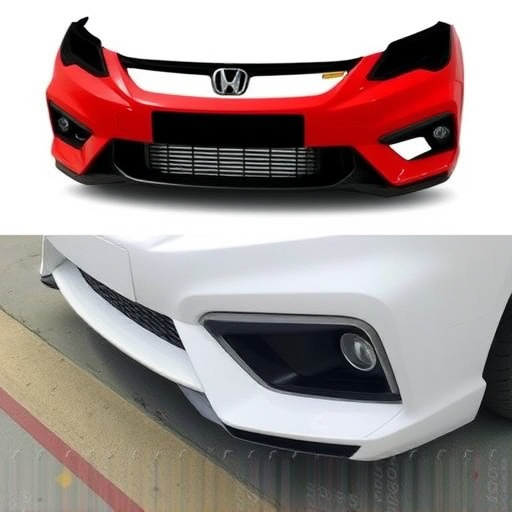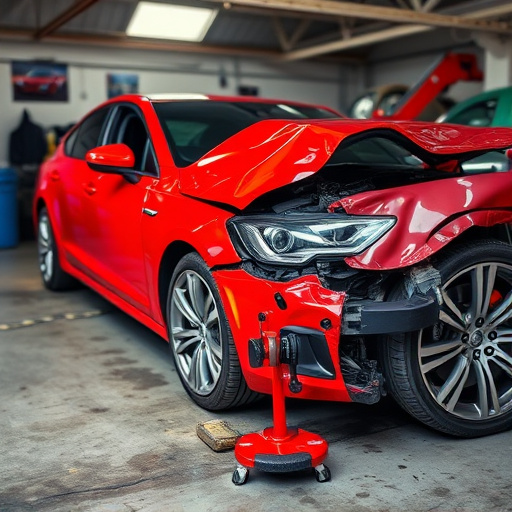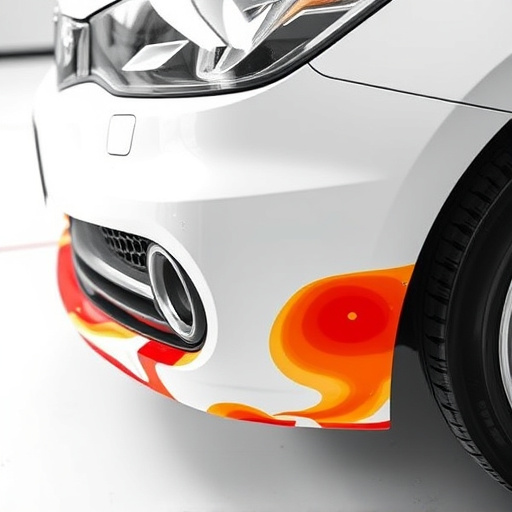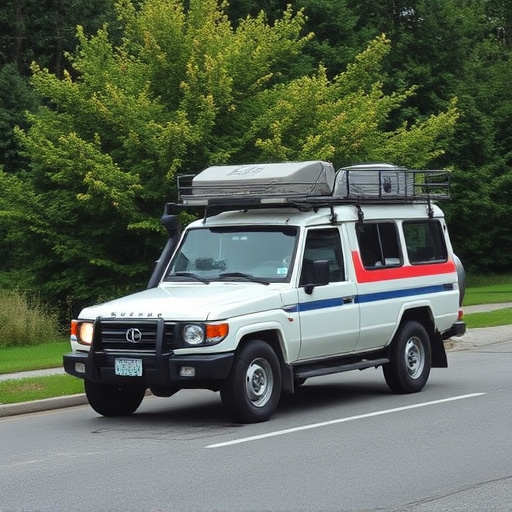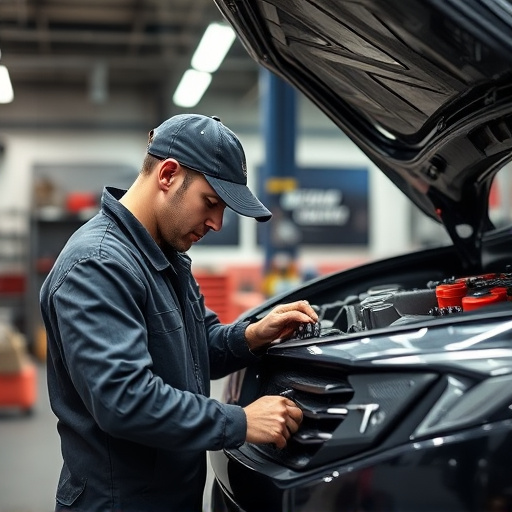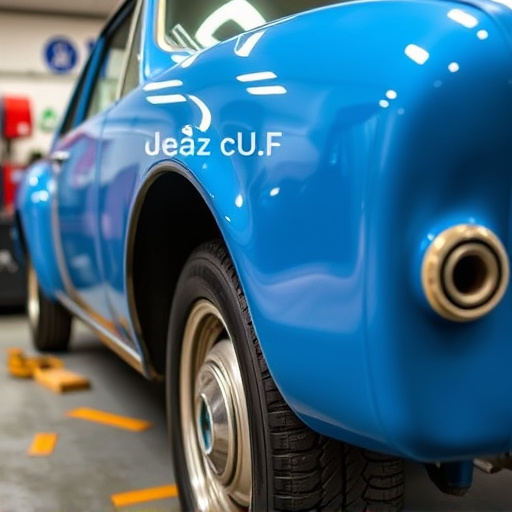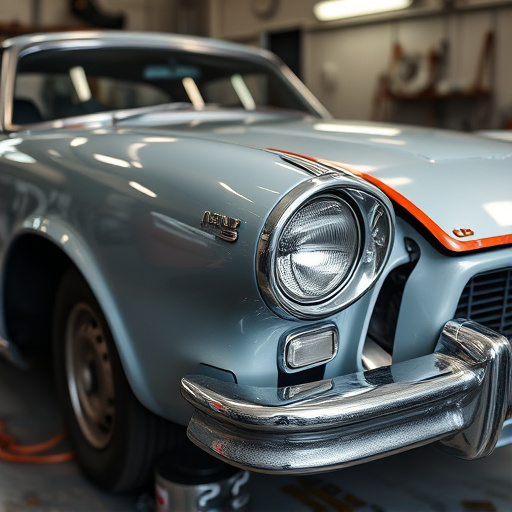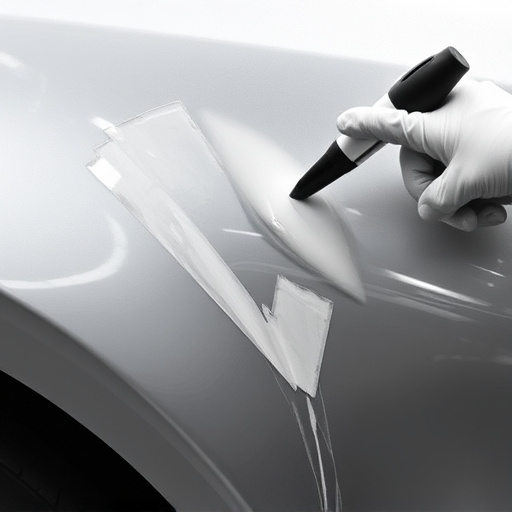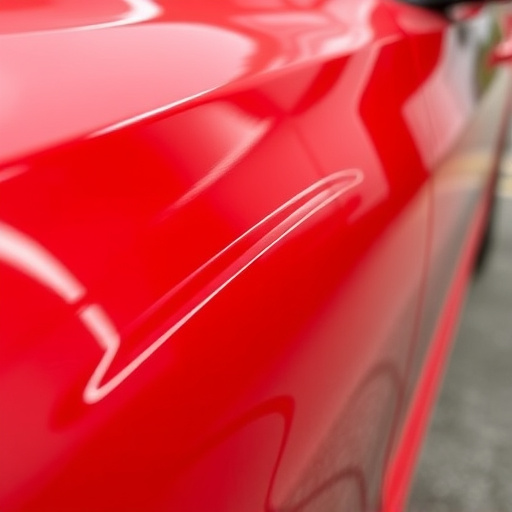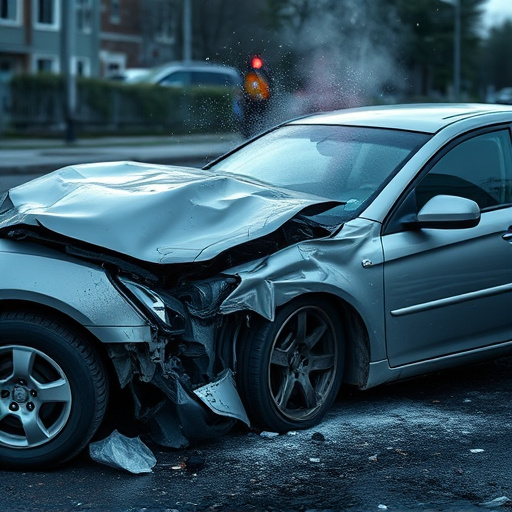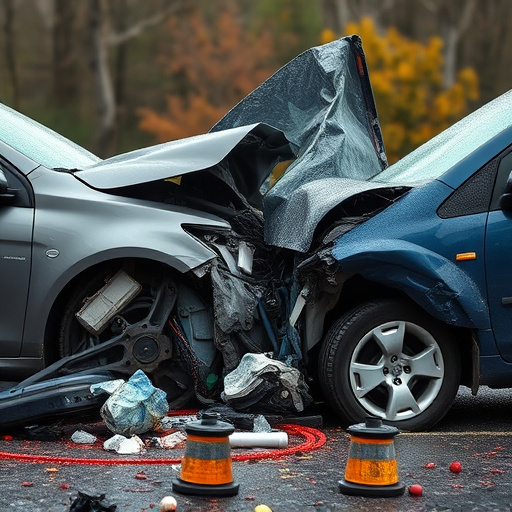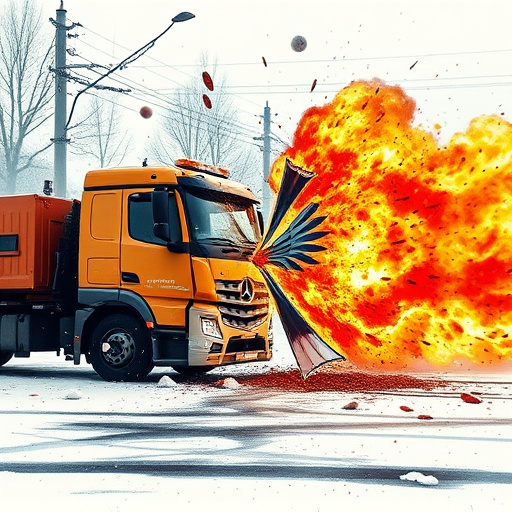Snow and ice significantly impact vehicle dynamics in collisions, causing misalignment of parts and increased accident risk in winter. Snow-related crash repair presents unique challenges for professionals, from bumper to alignment and interior damage. Specialized knowledge, equipment, and skilled technicians are crucial for accurate restoration, ensuring safe road conditions. Advanced frame straightening equipment and computer-aided systems are vital for precise alignment, addressing visible and subtle damages to meet original specifications post-repair.
In snowy regions, understanding how alignment is affected during snow-related crash repairs is crucial. This article delves into the unique challenges posed by winter accidents, specifically focusing on vehicle alignment. We explore the impact of snow and ice on collision scenarios and why precise post-repair alignment is essential for safety and long-term vehicle performance. Learn about advanced techniques to navigate these complexities, ensuring optimal outcomes in snow-related crash repair.
- Understanding Snow's Impact on Vehicle Collisions
- Challenges in Aligning Vehicles After Winter Accidents
- Techniques to Ensure Precise Alignment Post-Snow Crash Repair
Understanding Snow's Impact on Vehicle Collisions

Snow and ice can significantly impact vehicle dynamics during collisions, affecting alignment and repair outcomes. When snow accumulates on vehicles, it alters the overall weight distribution and traction, especially in low-clearance areas. This can lead to unpredictable handling and increased risk of accidents, particularly in challenging winter conditions. In a snow-related crash, the force of impact is often unevenly distributed, causing misalignment of crucial components like wheels, suspension systems, and even auto glass.
The effects are far-reaching; from bumper repair and alignment adjustments to potential damage to interior elements, snow-related crashes present unique challenges for automotive collision repair professionals. Understanding these dynamics is vital for ensuring accurate repairs, as it influences the choice of replacement parts and the complexity of restoration processes. Efficient snow-related crash repair requires specialized knowledge and equipment to mitigate damage and restore vehicles to their pre-accident condition, promoting safety on the road.
Challenges in Aligning Vehicles After Winter Accidents

After a snow-related crash, one of the primary challenges in vehicle repair is achieving accurate alignment. Winter conditions often leave behind remnants of ice and sleet that can distort metal and damage suspension systems. These residual effects create an uneven playing field for traditional aligning techniques, making it difficult to restore vehicles to their pre-accident condition.
Collision repair shops specializing in snow-related crash repair employ advanced equipment and skilled technicians to overcome these challenges. They meticulously assess each vehicle, addressing not just visible dents but also subtle damage that could impact alignment. This meticulous approach ensures that when a car is finally aligned, it drives smoothly, safely, and with all systems functioning optimally—a crucial step in the overall car restoration process.
Techniques to Ensure Precise Alignment Post-Snow Crash Repair

After a snow-related crash, achieving precise alignment is paramount for effective and safe vehicle repair. The unique challenges posed by snowy conditions require specialized techniques to ensure the car’s structural integrity and proper functioning. At collision centers equipped with advanced frame straightening equipment, technicians employ meticulous methods to realign components accurately. This involves using specialized tools to measure and adjust various points on the vehicle’s frame, ensuring it returns to its original specifications.
One crucial step is performing a detailed inspection to identify any damage, especially in hard-to-reach areas often affected by snow accumulation. Once identified, these damaged parts are repaired or replaced, and precise alignment is reestablished through computer-aided systems that mimic the vehicle’s original manufacturing standards. This meticulous approach guarantees that the car not only drives smoothly but also maintains optimal safety features post-snow crash repair, ensuring a reliable and secure ride for the future.
In the context of snow-related crash repair, understanding how alignment is affected is crucial for ensuring safe and efficient vehicle restoration. By recognizing the unique challenges posed by winter accidents, such as distorted chassis and misaligned wheels, automotive professionals can employ precise techniques to achieve accurate alignment. These methods, highlighted in this article, empower mechanics to navigate the complexities of snow-related damage, ultimately contributing to improved safety and vehicle performance post-repair.
